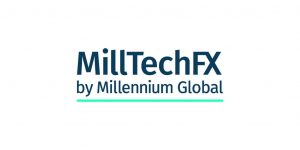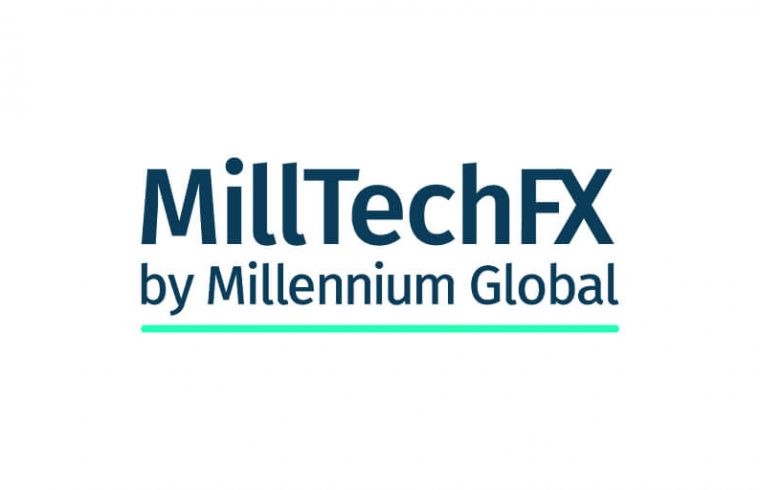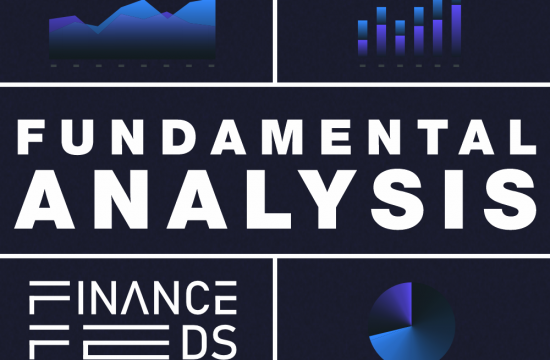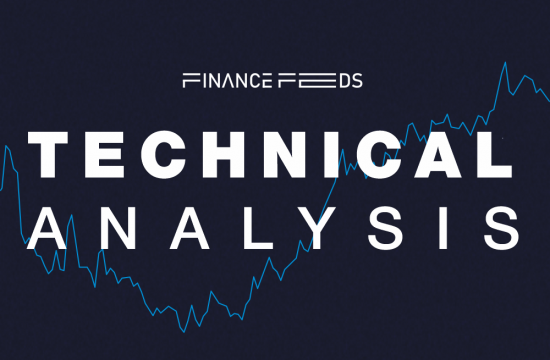“Looking ahead to the rest of 2022 and beyond, we would encourage firms to get the right processes in place now and seek alternative technology-driven solutions that can help them achieve best execution and protect their business during these turbulent times.”

A report commissioned by MillTechFX revealed that corporates are ramping up their FX hedging amidst mounting currency volatility.
Nearly three out of five (59%) corporates have experienced increased FX risk as a result of heightened volatility and 89% of corporates that do not have a formal hedging strategy in place are now considering introducing one, according to a report carried out by Censuswide and commissioned by MillTechFX.
MillTechFX is an FX-as-a-Service (FXaaS) firm that enables corporates and fund managers to access multi-bank FX rates via an independent marketplace and a fixed fee service model, including third-party transaction cost analysis to ensure total transparency.
The firm is authorised and regulated by the UK’s Financial Conduct Authority (FCA), registered with the USA’s National Futures Association (NFA) and Canada’s Financial Transactions and Reports Analysis Centre (FINTRAC). Its European subsidiary is authorised as an Investment Firm by The Prudential and Resolution Control Authority (ACPR in France) and authorised and regulated by The Financial Markets Authority (AMF).
Many corporates still lack necessary tools to mitigate rising volatility
Eric Huttman, CEO at MillTechFX, commented: “In the post-pandemic economic environment, it is clear that senior finance decision-makers at corporates are faced with an evolving set of challenges. Despite the threat of rising volatility to corporates’ bottom lines, our findings highlight that many still rely on manual process and lack necessary tools to try to mitigate this risk.
“Many corporates are adapting by shortening the tenor of their hedges and are hedging more of their exposure in a bid to protect their balance sheets, whilst maintaining a greater level of flexibility in their hedging programmes. Looking ahead to the rest of 2022 and beyond, we would encourage firms to get the right processes in place now and seek alternative technology-driven solutions that can help them achieve best execution and protect their business during these turbulent times.”
Entitled ‘MillTechFX CFO FX Survey 2022: The intensifying FX challenges for corporates’, the report revealed that the majority of senior finance decision makers’ current hedge ratio is over 50% and the average hedge ratio is 56%, while the average tenor of hedges was five months.
Corporates are balancing their valid concerns around profit erosion with the need to be nimble in the face of fragile supply chains, weakening consumer demand and rising inflation.
The report added that 40% of respondents said they are considering increasing their hedge ratio, while 33% shortened the tenor of their hedging instruments to remain flexible in the face of mounting headwinds and uncertainty.
Other findings include:
- Execution challenges – 43% of corporates cite getting comparative quotes as the most challenging aspect of their FX operations. This was followed by demonstrating best execution (37%).
- Manual processes – 65% are still using manual execution processes: over a third (36%) still primarily use email for instructing financial transactions and 29% relying on phone calls.
- Resourcing – Corporate treasury teams spend 1.85 days per week on FX-related matters and over 50% of treasury teams have three or more people tasked with FX activities.
- Below par FX setup – Over a third (35%) rate their FX set up as below average or worst-in-class.
- Move to automation – 89% are looking into new technology and platforms to automate their FX operations, while 35% say that automation of manual processes is the most important factor in terms of FX management.











